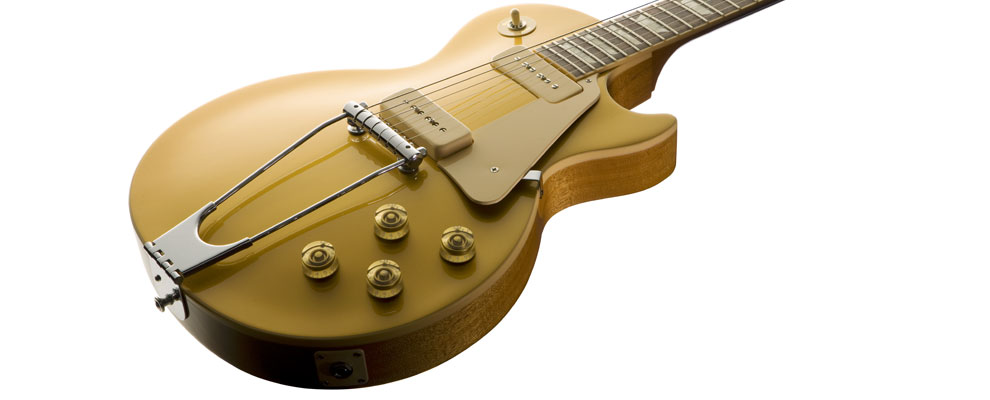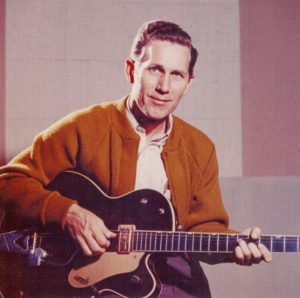A Brief History of Rock ‘n’ Roll
The transition was steady and seamless. Big Band dance music and Western Swing had long since absorbed the 1/4/5 blues progression from Jazz players. The flatted 7th chords in major or minor keys had become an integral part of the tension and suspension of progressions in American music. The 2 to 4 minute song (or instrumental) had been refined for the prevailing recorded music format of the day: records. Radios from coast to coast had already settled on music program delivery formats for popular music. By the start of World War II, all the pieces were in place.
Smaller musical ensembles made up of non-union musicians and singers (vocalists were exempt from the recording ban) jumped in to fill the void for popular music. Vocal groups flourished and trios and small band formats experimented with all forms of available music to meet popular demand. Former Western Swing bands paired down to minimal ensembles like Bill Haley and the Comets: four members: guitar, rhythm guitar, drums and bass. The guitarists also did the singing. The songs were similar to what had fitted the larger band format, just simpler.
Elsewhere in California the same year, Clarence Leonidas Fender (“Leo” Fender) had started a new business to build guitars and amplifiers. The business was called the Fender Electric Instrument Manufacturing Company. The first Spanish style design was the solid body, single pickup “Esquire”, followed by a two pickup version called the “Broadcaster’. It embodied exactly what Les Paul had tried to sell to Gibson.
- Buddy Holly, the Big Bopper and Ritchie Valens had died in a plane crash.
- Little Richard had retired from music to become a preacher.
- Elvis Presley had joined the Army.
- Both Jerry Lee Lewis and Chuck Berry were being prosecuted.
- Alan Freed and others were under indictment and scrutiny for bribery and corruption in the payola scandal.
The music industry was under siege – Change was inevitable.
Postscript
There is a simplicity to Rock ‘n’ Roll that appeals to just about everybody, regardless of cultural background. Some theorize that the basic back-beat of rock ‘n’ roll is similar to the syncopated rhythm of the beating of the human heart. For whatever reason, the believers claim that “Rock ‘n’ Roll will never die!”.
There is a raw simplicity to the music. The tunes are short and easy to understand. The arrangements and instrumentation are often ragged – without the complex harmonic intricacies and precision of the Big Band era that preceded it. Distortion is embraced and some of the greatest hits of the 1950s and 1960s have recorded mistakes and speed up or slow down during the two and one half minute pop tunes. As a musical genre, however, the emotion comes clearly through. Though the instrumentation may be spare and the players far from considered virtuosos, the music is full of motion and passion.
Suddenly it was possible for the average person to pick up an instrument and express themselves. You can get some pleasing sounds out of a guitar right away, unlike a violin or clarinet. During the 1950s, all sorts of new musical possibilities were available: rural blues, urban jazz, country, swing, classical (in all its forms), singing cowboys, movies, television, many radio stations, vocal groups, instrumental groups, the list goes on and on. What was new – what was different – was that the music did not have to be perfect to be profound. A garage band could motivate a dance crowd just as well as the Big Bands could. The possibilities are endless…

































